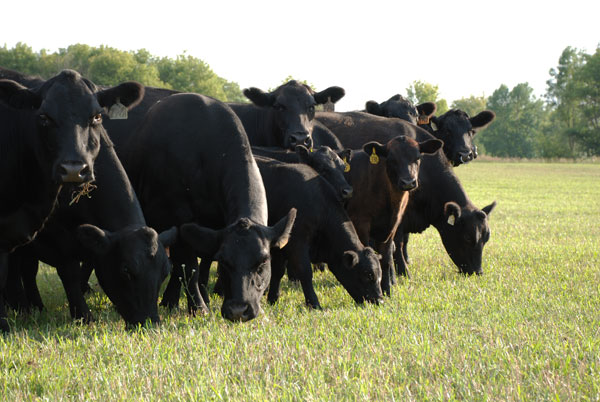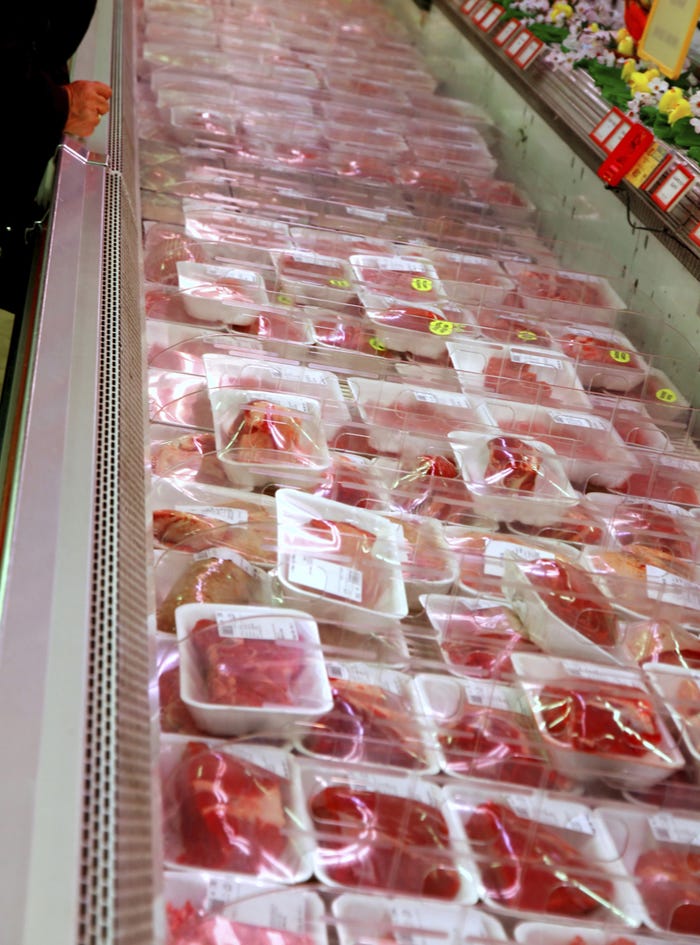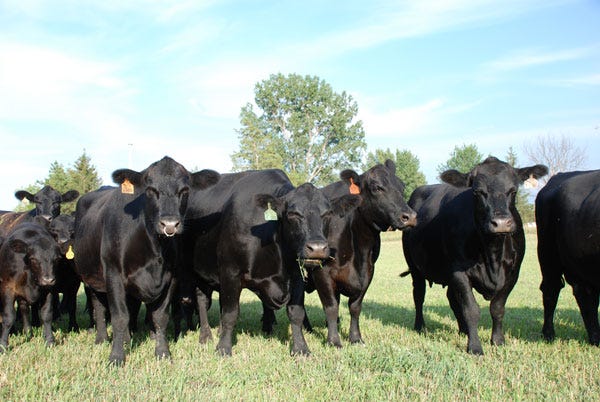Need to explain why cattle are critical to your pasture’s ecosystem? Or convince someone you love to use sunscreen? Then check out this week’s Trending Headlines.

Why we need grazing animals
A look back into time, as well as lots of present-day knowledge and experience, shows that grazing animals are a critical part of the grassland ecosystem. The right concentration and timing are important, of course, but grasslands need grazing animals as much as humans do, according to Beef Producer.
Despite naysayer claims to the contrary, grazing livestock are a necessity to manage, heal and build the landscape. There are myriad reasons, but here are six key components of the symbiotic animal-grassland relationship.
First, grazing livestock are needed to cycle carbon and other nutrients essentially locked in above-ground vegetation and put it back on the ground in a more biologically active form to feed soil life and further vegetation growth.
Click here to read more about the relationship between animals and their ecosystems.
Consumer beef demand remains robust

There are a number of factors, but looking at wholesale market for beef this year and last leads the economists at the Daily Livestock Report to infer that beef demand, particularly for Choice beef, remains strong.
So far this year, the wholesale market premium of Choice over the Select cutout value has tracked 2017. And just like last year, the seasonal move-up since February has been more extensive than typical. Four fundamental economic moving parts underpin the Choice/Select price difference.
Gassy cows? Facts about beef’s carbon emissions

Let’s clear the air on something up front. All those "cow farts" you’ve heard about? It’s actually cow burps. Having spent much of my life around cows and conducting research measuring methane emissions from cattle (I’m sure most readers are jealous), I can confirm the vast majority of methane emissions emanating from cattle come out the front end. Also, despite the sensory experience "gassy cows" may evoke, methane itself is an odorless gas.
Methane emissions from cattle get attention because methane is 28 times more potent at trapping heat in the atmosphere than carbon dioxide over a 100-year time frame. Additionally, methane from cattle represents nearly half of the carbon footprint of U.S. beef when emissions over the entire life cycle, from feed production to the consumer, are considered. However, methane also can be viewed as the necessary tradeoff for the upcycling services that cattle provide.
The naked truth about skin cancer

"I would plead with farmers to get their skin checked. It's so important — if I catch something early, it's no big deal." Ashley Sturgeon knows of what she talks about. She’s a farmer’s wife and assistant professor of dermatology at Texas Tech University Health Sciences Center in Lubbock. She knows that people who work outside all day, like farmers and ranchers, need to be aware of how the sun affects their health, both good and bad.
May is National Melanoma Skin Cancer Prevention Month and clinics throughout the U.S. are hosting free skin cancer screenings to identify any skin spots that may be of concern and need to be treated by a dermatologist. Here’s a report on one such visit by another farmer’s wife, Shelly Huguely, editor of Southwest Farm Press.
Operation Hay Lift delivers more than 275 loads
Farm Rescue’s Operation Hay Lift has put on the miles and loads of hay since it first launched last summer. The hay hauling assistance was launched in mid-July of 2017, when severe drought crippled feed supplies for ranchers in the western Dakotas and eastern Montana. Operation Hay Lift provides a means of hay transport to drought-stricken ranchers throughout the region, as well as those affected by injury or illness. Farm Rescue trucks and drivers were on the roads throughout the winter, hauling hay to ranchers in crisis, reports AgDaily.
Farm Rescue volunteers contributed 170,000 miles behind the wheel to Operation Hay Lift. Operation Hay Lift is responsible for transporting more than 275 loads of hay, which is the equivalent of over 8,000 round bales.
About the Author(s)
You May Also Like



